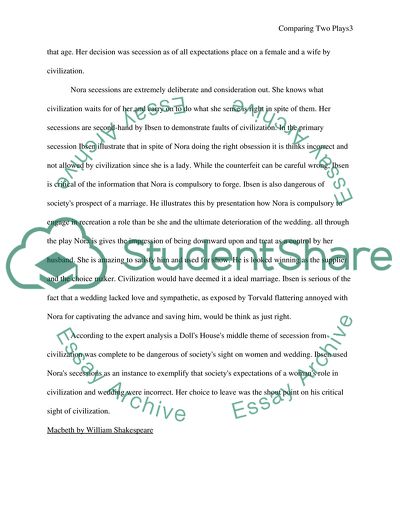Cite this document
(Comparing Two Plays for a Theatre Class Case Study Example | Topics and Well Written Essays - 1250 words, n.d.)
Comparing Two Plays for a Theatre Class Case Study Example | Topics and Well Written Essays - 1250 words. https://studentshare.org/performing-arts/1709380-comparing-two-plays-for-a-theatre-class
Comparing Two Plays for a Theatre Class Case Study Example | Topics and Well Written Essays - 1250 words. https://studentshare.org/performing-arts/1709380-comparing-two-plays-for-a-theatre-class
(Comparing Two Plays for a Theatre Class Case Study Example | Topics and Well Written Essays - 1250 Words)
Comparing Two Plays for a Theatre Class Case Study Example | Topics and Well Written Essays - 1250 Words. https://studentshare.org/performing-arts/1709380-comparing-two-plays-for-a-theatre-class.
Comparing Two Plays for a Theatre Class Case Study Example | Topics and Well Written Essays - 1250 Words. https://studentshare.org/performing-arts/1709380-comparing-two-plays-for-a-theatre-class.
“Comparing Two Plays for a Theatre Class Case Study Example | Topics and Well Written Essays - 1250 Words”. https://studentshare.org/performing-arts/1709380-comparing-two-plays-for-a-theatre-class.


